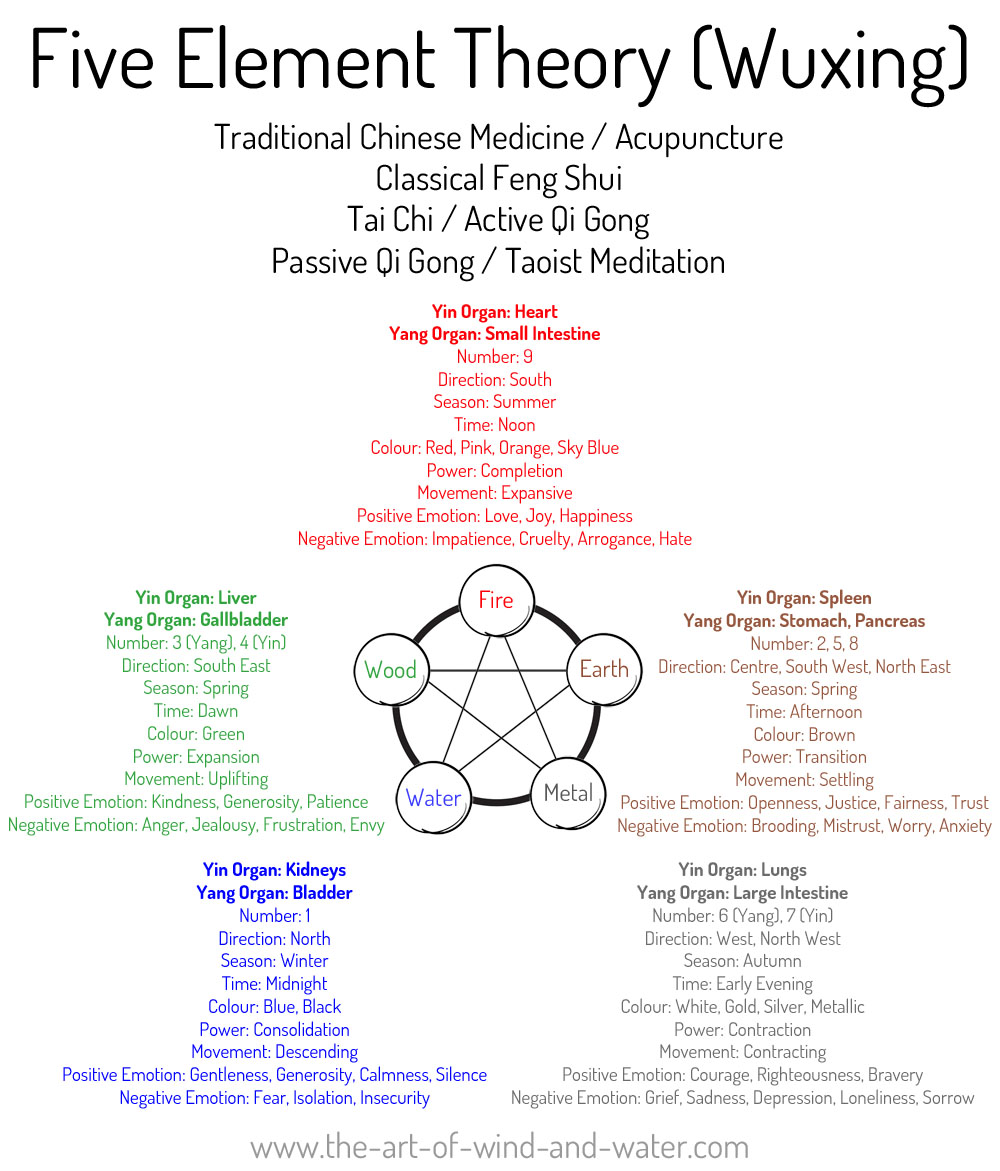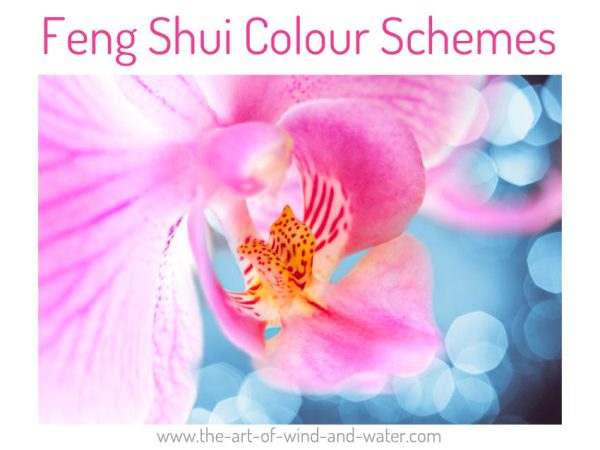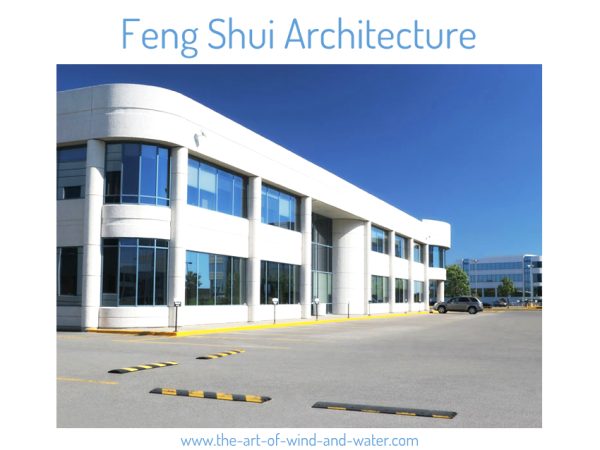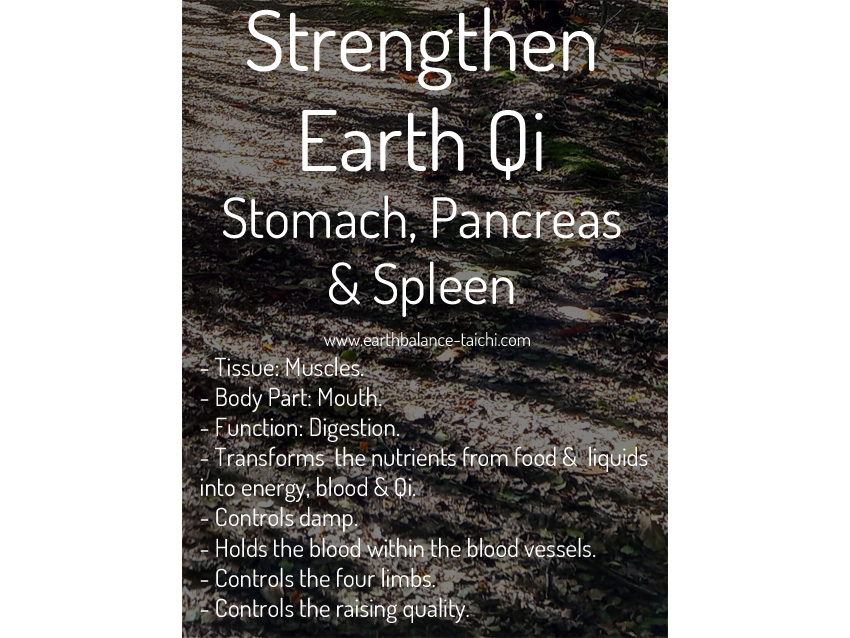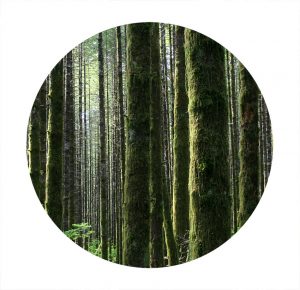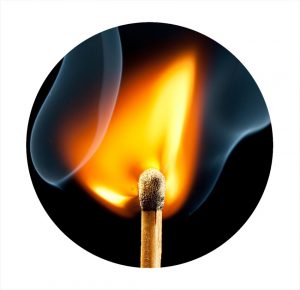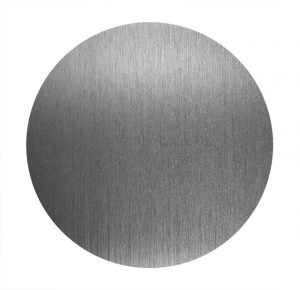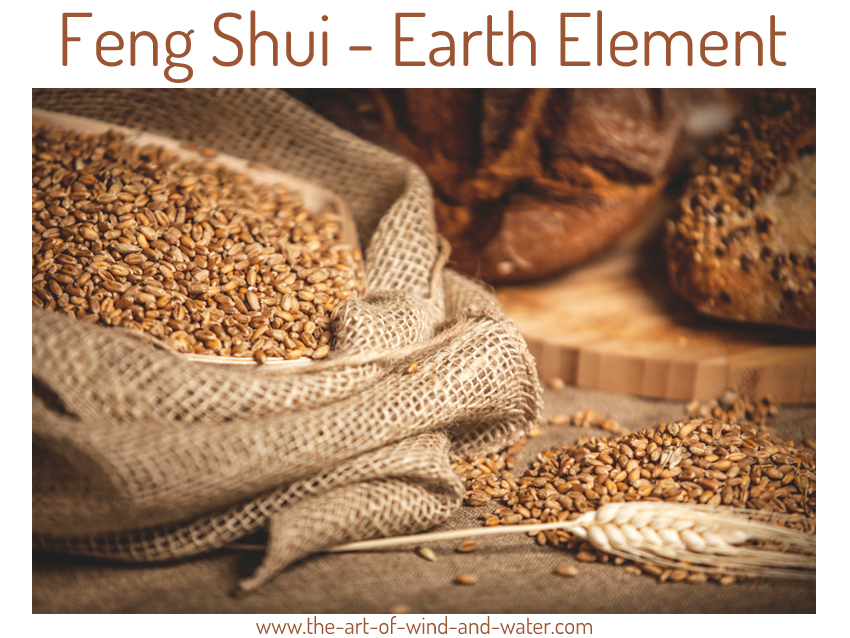
The Earth Element
Classical Feng Shui
Also know as ‘The Five Transformations’, these elements represent an aspect of time and the state associated with that. Within your home the elements can be used with the Chinese Trigrams from the I Ching when looking at any missing areas in the plot or building shape. They can also be used with the Flying Stars when using the Lo Pan Compass to analyse the interior, they are then applied through a combination of materials, shape and colour. The following table provides a breakdown of the earth element; the essence, meaning and application in Classical Feng Shui and Taoist philosophy.
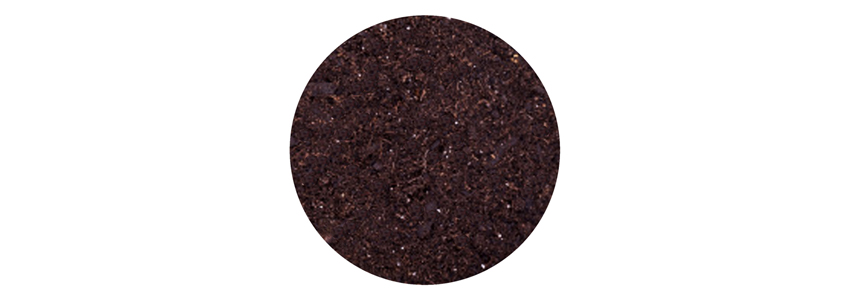
| Five Element Theory | The Earth Element |
|---|---|
| Associations | Settling, Mature, Gathering, Stable, Harvest |
| Colours | Brown, Beige, Tan |
| Season | n/a |
| Time | Afternoon |
| Direction | Centre, South West, North East |
| Celestial Animal | n/a |
| Yin or Yang | Neither, Centre |
| Movement | Settling |
| Power | Transition |
| Flavour | Sweet |
| Sound | Hum |
| Weather | Sunny, Warm |
| Climate | Humid |
| Age | Adolescence |
| Stage of Life | Maturity |
| Organ | Spleen, Pancreas, Stomach |
| Exterior | Statues, Tiles, Boulder, Fence, Wall, Garden accessories, Table mountains, Flat roof, Blocks of flats, Blocks of offices |
| Interior | Tiles, Crockery, Pots, Ceramic decorations, Timber/chipboard worktops, Timber/MDF furniture, Plaster walls, Timber/tiled floors, Pottery ornaments |
| Material | Brick, Ceramic, Pottery, Terracotta, Clay, Jade,Timber, Rock, Stone, Granite, Marble, Crystals |
| Shape | Square |
| Form | Low, Long, Flat, Square, Rectangle, Plateaux |
| Building Material | Brick, Stone |
| Building Shape | Symmetrical |
| Roof Shape | Flat |
| Building Activity | Home, Estate agents, Architect, Interior designer, Garden landscaper, Construction, Town planner, Banks |
| Images | Land, Brick buildings |
| Colours | Brown, Cream, Yellow, Tan, Beige, Timber, Earthy tones |
| Yin (Feminine) | Compost, Sand, Soft earth |
| Yang (Masculine) | Clay, Rock, Stone |
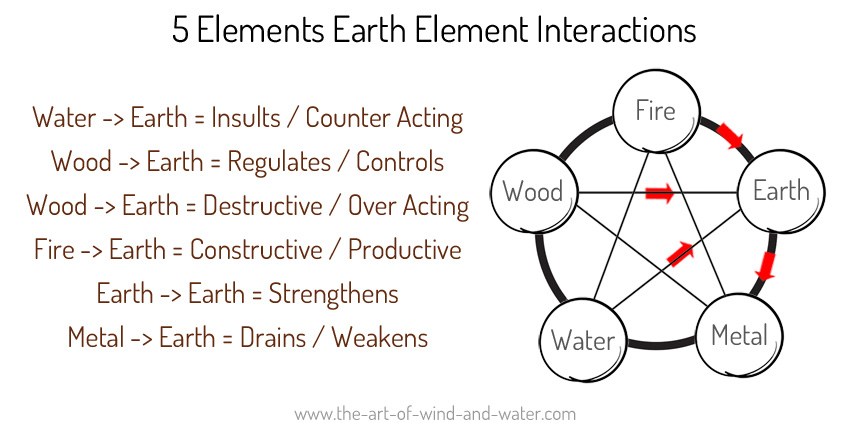
The 5 Element Cycles and Relationships
The stomach, pancreas and spleen are the earth element in Traditional Chinese Medicine. In the five element theory, the other four elements interact with the earth element. The concept of the five elements is to bring everything back into balance, each coexisting without dominance. You can determine which of the five elements could be utilised to help strengthen, weaken, control or regulate the earth element. An example would be if the earth element was deficient, then the fire element would be used to support and the earth element would be used to strengthen. If the earth element was too strong, then the metal element would be used to drain, or the wood element would be used to regulate.
5 Element Colour Schemes
The history of colour is rooted in ancient times, religion and culture. There are many colour schemes and colour associations from varying corners of the globe. Here are the three main groups; Western, Eastern and Feng Shui.
5 Elements Architecture
In the surrounding environment, shapes in the landscape whether natural or built correspond to the five element theory. This article looks at buildings and the five elements: wood, fire, earth, metal, water.
